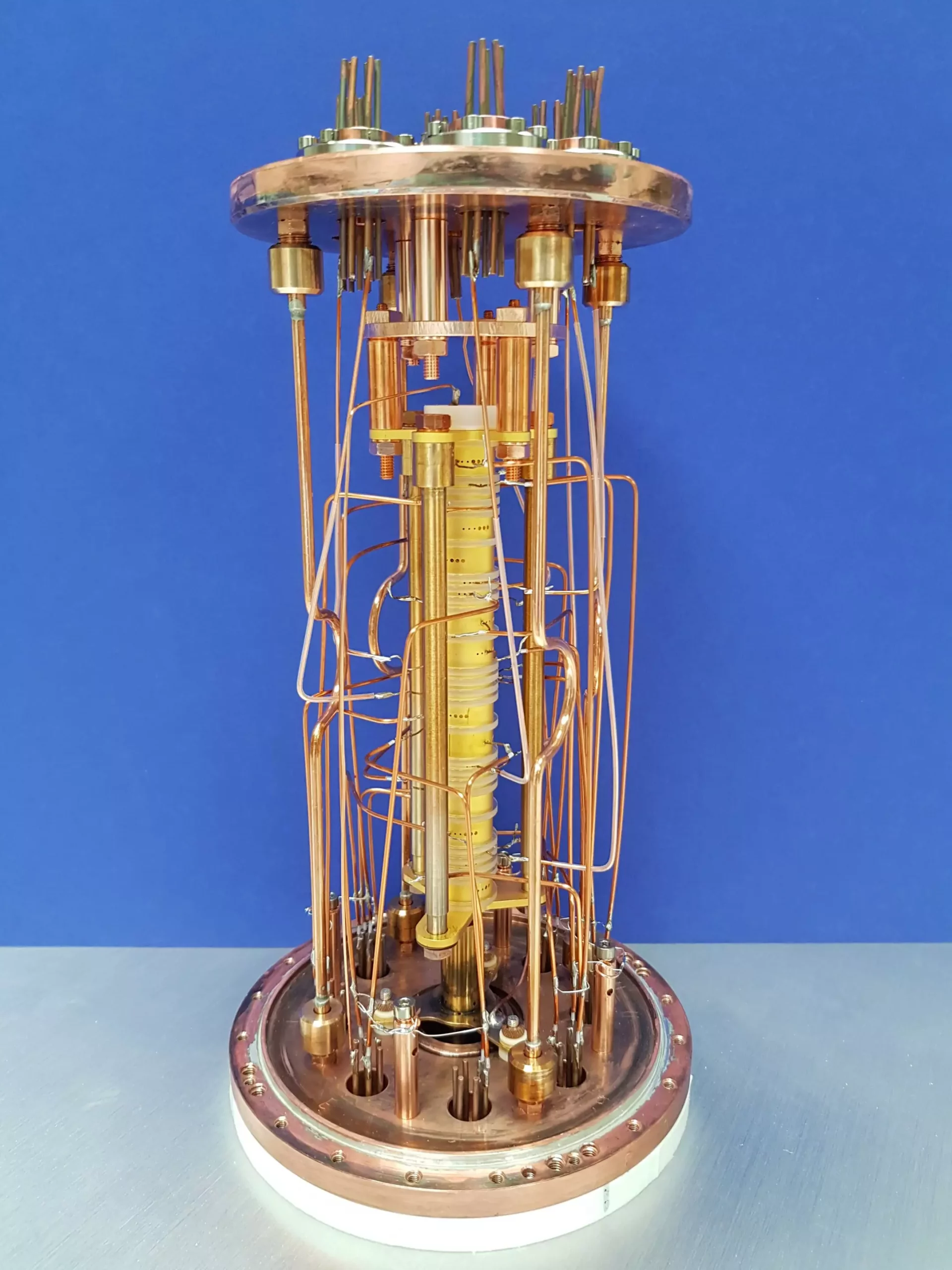Neutrinos are elusive particles that have mystified physicists for years. The mass of a neutrino at rest is a fundamental question that has remained unanswered, until now. A recent breakthrough led by Klaus Blaum at the Max Planck Institute for Nuclear Physics in Heidelberg has shed light on the elusive mass of neutrinos, providing valuable insights into the world of particle physics.
Neutrinos are key players in the realm of nature, interacting with matter via the weak interaction and often passing through our bodies unnoticed. The discovery of neutrinos in the 1950s revolutionized our understanding of particle physics, challenging the existing theories and paving the way for new physics beyond the standard model. The phenomenon of neutrino oscillations revealed that neutrinos must have a rest mass, contradicting previous assumptions. This discrepancy opened a window into the unknown territory of new physics.
To determine the mass of a neutrino, complex experiments involving neutrino-emitting processes are necessary. One method involves the beta decay of tritium, where the decay products are measured to infer the mass of the neutrino. Another approach, as demonstrated by the ECHo collaboration, focuses on the electron capture of the isotope holmium-163. By measuring the energy released in this decay process, researchers can indirectly “weigh” the mass of the neutrino.
The pentatrap experiment, led by Christoph Schweiger, plays a crucial role in determining the mass difference between the holmium-163 and dysprosium-163 ions. By employing five Penning traps, charged atoms are captured and their mass is calculated with extreme precision. This sophisticated setup allows researchers to measure the mass variation resulting from the electron capture process, providing valuable data for determining the Q value.
The recent findings by the Heidelberg team have contributed significantly to the quest for unraveling the mystery of neutrino masses. By refining the Q value measurement through precise experiments, the upper limit of the neutrino mass has been narrowed down to 0.8 electron volt per speed of light squared. This minuscule mass, equivalent to the weight ratio between four raisins and the sun, demonstrates the challenges faced by researchers in weighing neutrinos accurately.
The recent breakthrough in measuring the mass of neutrinos represents a significant step forward in our understanding of these elusive particles. The complex interplay between experimental techniques and theoretical calculations has brought us closer to unlocking the secrets of neutrino masses and potentially uncovering new physics beyond the standard model. The journey to weigh neutrinos continues, pushing the boundaries of what is technologically feasible and expanding our knowledge of the universe’s building blocks.


Leave a Reply